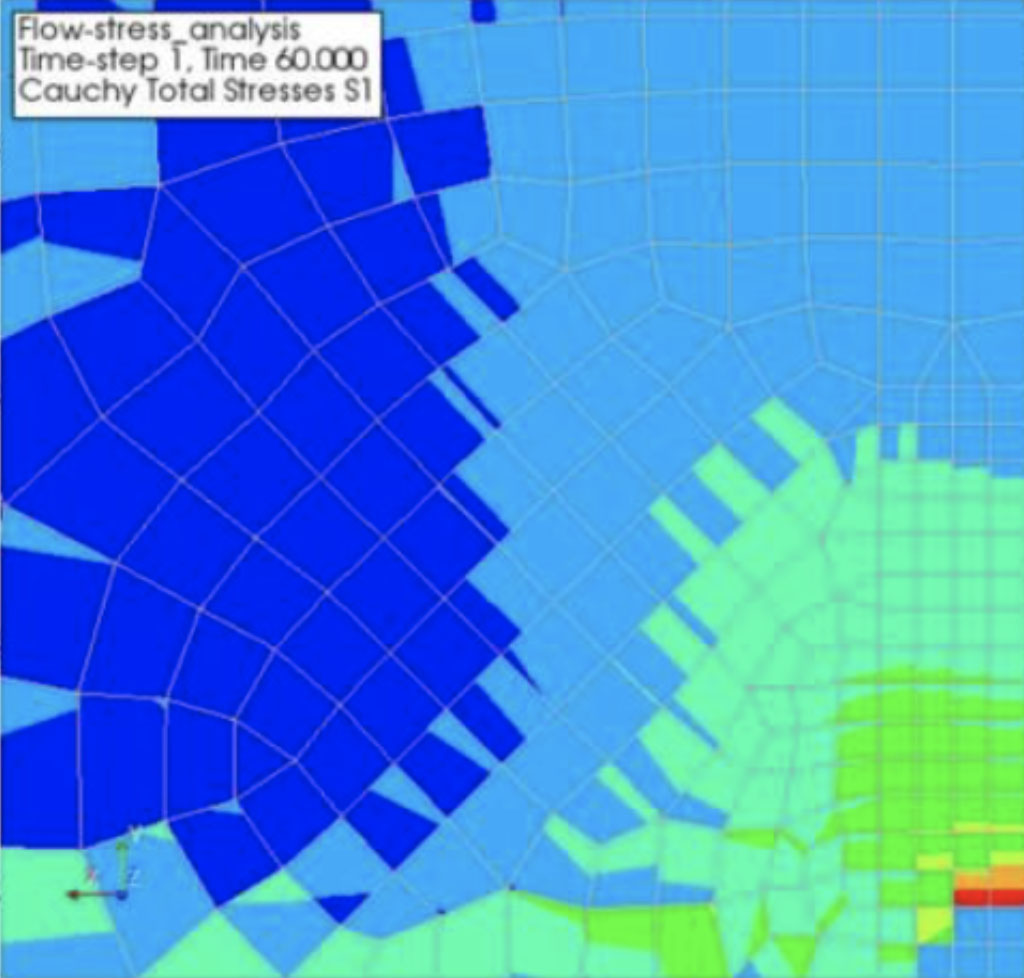The Production and Performance of Heat Bonded Glass Connections
an Experimental Study
DOI:
https://doi.org/10.7480/cgc.7.4458Downloads

Abstract
Connecting glass with heat bonds is a way to create all-transparent glass structures. Two methods have been researched in theory and practice, glass welding, through local heating, and glass fusion through global heating. Both methods have been applied to produce 10 mm thick T-sections of soda lime glass while preventing thermal shock failure and minimizing residual stress. These specimen, and specimen with an adhesive joint, have been tested destructively. It is concluded that it is possible to connect 10 mm thick soda lime glass by welding, if the glass is preheated and the surrounding temperature remains elevated during the welding process. Additionally, glass fusion of a similar product through global heating is possible for the applied temperature schedule. The mould has a paramount influence on the quality of the product. For both production methods, the annealing schedule was adequate to reduce residual stress. The average strength of the fused specimen was 44% larger. The standard deviation of the welded specimen was smaller: the standard deviation relative to the mean value was 9% for the welded specimen and 60% for the fused specimen. However, the amount of tested specimen is little. This research is a proof of concept for heat bonding soda lime glass of a structurally relevant thickness.
Published
Issue
Section
Joints, Fixings & Adhesives
Keywords:
Heat bond, Transparent connection, Weld, FuseLicense
Copyright (c) 2020 Anna Eskes, Diana de Krom, Telesilla Bristogianni, Fred Veer, Lisa Rammig, Rob Nijsse

This work is licensed under a Creative Commons Attribution 4.0 International License.



